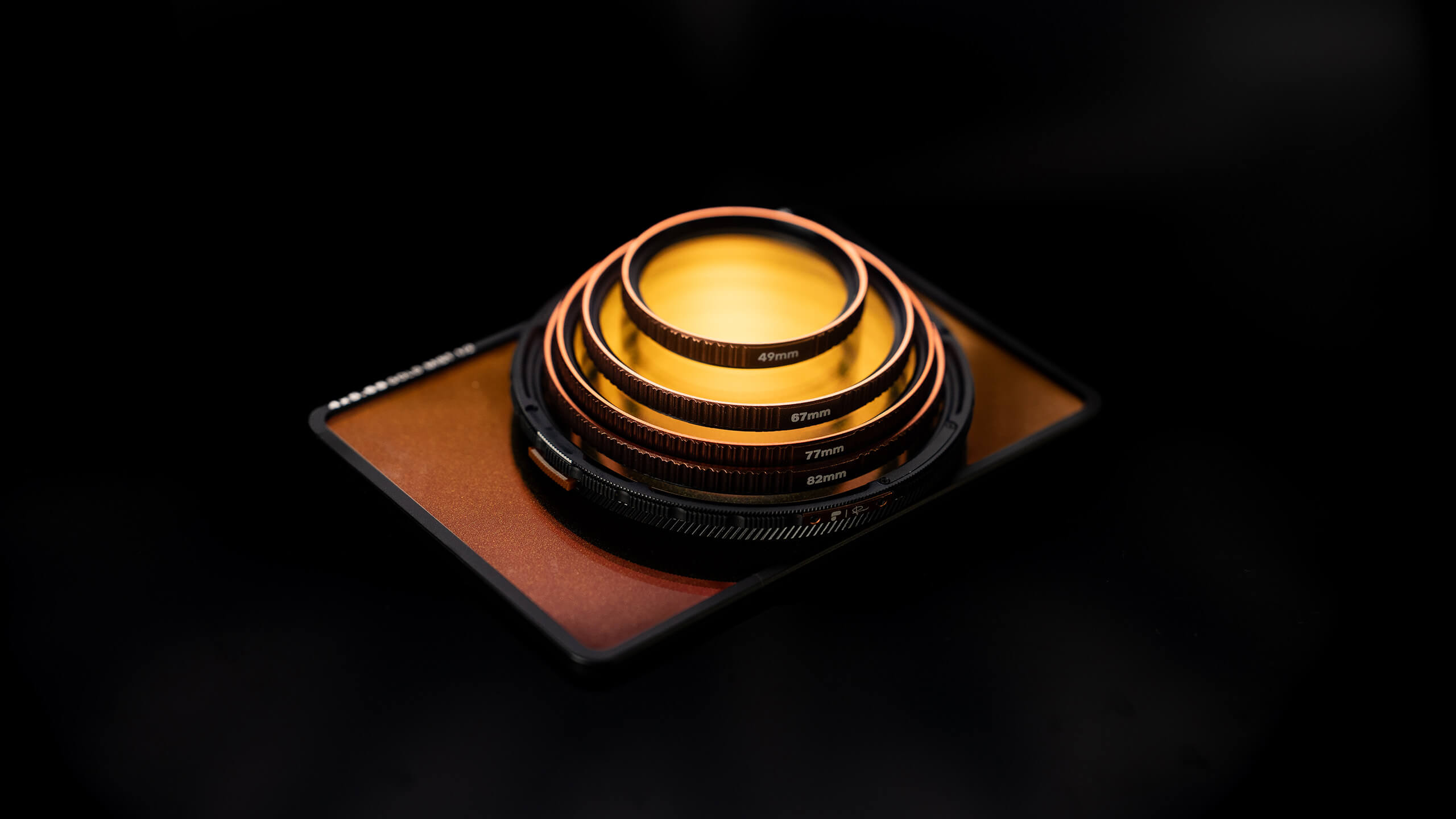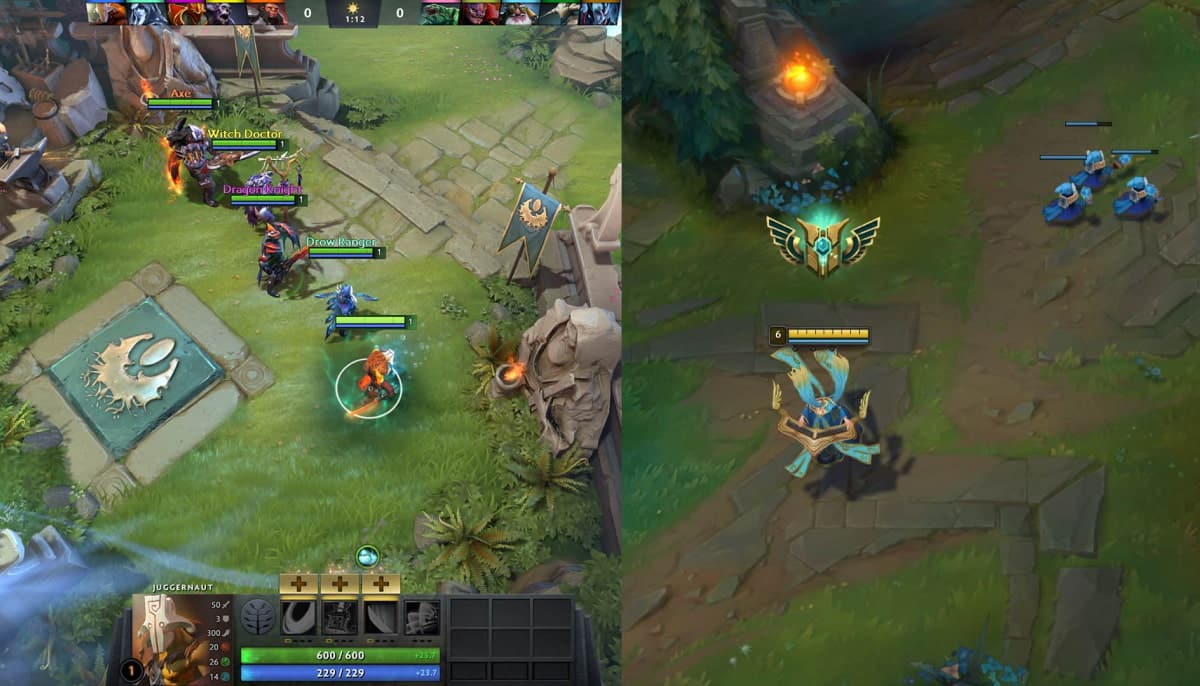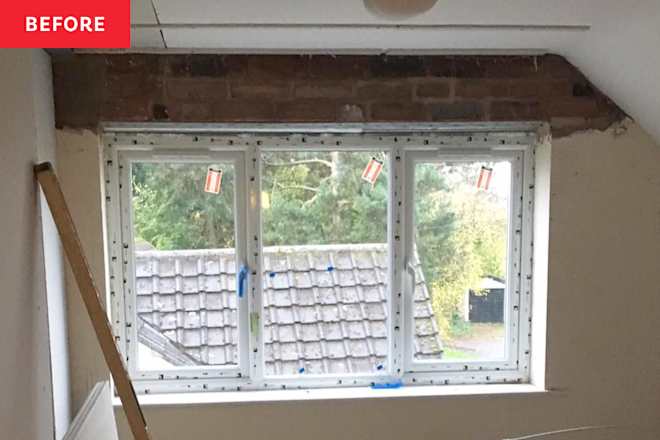Nintendo Switch 2 display settings guide – How to change your resolution on Switch 2
Welcome to the world of 4K, Nintendo! The Nintendo Switch 2 has arrived and it's brought 4K visuals with it for applicable titles. Games like Mario Kart World are capable of displaying at 4K resolution on TVs and monitors that are 4K capable, but you may need to tweak some settings to get the game and console running at the highest resolution possible so you can enjoy all of the graphical magic in its glory. Here's how to change your Switch 2's resolution to get the most out of the 4K console. How to change display resolution on Switch 2 Screenshot by Destructoid From the Home menu, select System Settings and then scroll down to Display. Scroll down to TV, and then select TV Resolution to select the resolution display options for your Switch 2 when it's docked and displaying on your monitor or TV. The Switch 2 is capable of displaying in 720p, 1080p, 1440p, and 2160p (4K). Even if you select a higher resolution, however, your TV may not be displaying it correctly. Make sure that your display is 4K capable, you have a 4K-capable HDMI cable (the Switch 2 comes with one), and that you have 4K selected in the settings. Also, double-check the HDMI ports on your display. Some TVs and monitors have multiple HDMI ports, but not all of them support settings like 4K resolution or 120hz, so be sure that you have the Switch 2's HDMI cable hooked up to the correct port, or some resolutions and frame rates won't be possible. If you're not sure about what your TV's settings are or what it's capable of, set the setting to Automatic and the Switch 2 will automatically apply the highest resolution it can. Unfortunately, 4K gaming requires a 4K display, device, and cable to work. Screenshot by Destructoid The Switch 2 is a customizable console because it even lets you remap buttons on the JoyCons. And don't worry, transferring all of your data from Switch 1 to your Switch 2 is a breeze as well. The post Nintendo Switch 2 display settings guide – How to change your resolution on Switch 2 appeared first on Destructoid.


Welcome to the world of 4K, Nintendo! The Nintendo Switch 2 has arrived and it's brought 4K visuals with it for applicable titles.
Games like Mario Kart World are capable of displaying at 4K resolution on TVs and monitors that are 4K capable, but you may need to tweak some settings to get the game and console running at the highest resolution possible so you can enjoy all of the graphical magic in its glory.
Here's how to change your Switch 2's resolution to get the most out of the 4K console.
How to change display resolution on Switch 2

From the Home menu, select System Settings and then scroll down to Display. Scroll down to TV, and then select TV Resolution to select the resolution display options for your Switch 2 when it's docked and displaying on your monitor or TV.
The Switch 2 is capable of displaying in 720p, 1080p, 1440p, and 2160p (4K). Even if you select a higher resolution, however, your TV may not be displaying it correctly. Make sure that your display is 4K capable, you have a 4K-capable HDMI cable (the Switch 2 comes with one), and that you have 4K selected in the settings.
Also, double-check the HDMI ports on your display. Some TVs and monitors have multiple HDMI ports, but not all of them support settings like 4K resolution or 120hz, so be sure that you have the Switch 2's HDMI cable hooked up to the correct port, or some resolutions and frame rates won't be possible.
If you're not sure about what your TV's settings are or what it's capable of, set the setting to Automatic and the Switch 2 will automatically apply the highest resolution it can. Unfortunately, 4K gaming requires a 4K display, device, and cable to work.

The Switch 2 is a customizable console because it even lets you remap buttons on the JoyCons. And don't worry, transferring all of your data from Switch 1 to your Switch 2 is a breeze as well.
The post Nintendo Switch 2 display settings guide – How to change your resolution on Switch 2 appeared first on Destructoid.






























































































































































































































































